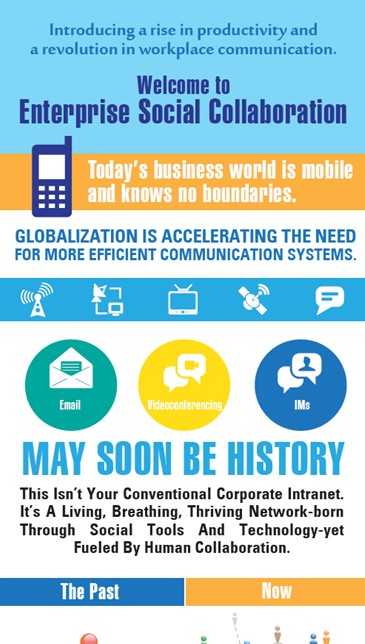7 Ways to Build Muscle and Teamwork in the Office
We often spend more than a third of each day at the office. That’s a lot of time to often be sitting at a desk or in front of a computer. It’s to our advantage to make those hours more active not only for our health, but for our professional life, too. Even simple activities like walking help to get blood and creative juices flowing. If your office has a gym, definitely use it. Get some colleagues together for a workout or walking group and make it your own recurring ‘meeting.’
Here are 7 more ways you can get active and build office camaraderie while you’re at it:
Hi there! This article is available for free. Login or register as a StrategyDriven Personal Business Advisor Self-Guided Client by:
Subscribing to the Self Guided Program - It's Free!
About the Author
Shana Schneider is a fitness expert and founder of FITWEEK™, a fitness company that helps women turn every week into a FITWEEK™. As a “FitStylist” with a busy schedule herself,Shana helps women incorporate individual fitness into their everyday lifestyle by providing unique insights, tips, advice and how-to videos through her FITWEEK™ website.

 Kristine Woolsey is a business strategist, speaker, and author. She is a transition specialist, helping organizations reshape themselves during times of change including mergers, extreme growth, and adaption to today’s changing workplace. She works at the intersection of organizational behavior, brand alignment, and facilities. She guides leaders to understand the power of leveraging natural behavior patterns using research based strategies with measurable results.
Kristine Woolsey is a business strategist, speaker, and author. She is a transition specialist, helping organizations reshape themselves during times of change including mergers, extreme growth, and adaption to today’s changing workplace. She works at the intersection of organizational behavior, brand alignment, and facilities. She guides leaders to understand the power of leveraging natural behavior patterns using research based strategies with measurable results. Enterprise social collaboration tools can be a powerful means to support employees in their daily business, also helping them foster cross-company collaboration. This infographic from AgreeYa Solutions provides a comprehensive introduction to the world of enterprise social collaboration. Review the illustration to learn more about enterprise social collaboration and how it can enhance business-wide productivity.
Enterprise social collaboration tools can be a powerful means to support employees in their daily business, also helping them foster cross-company collaboration. This infographic from AgreeYa Solutions provides a comprehensive introduction to the world of enterprise social collaboration. Review the illustration to learn more about enterprise social collaboration and how it can enhance business-wide productivity.